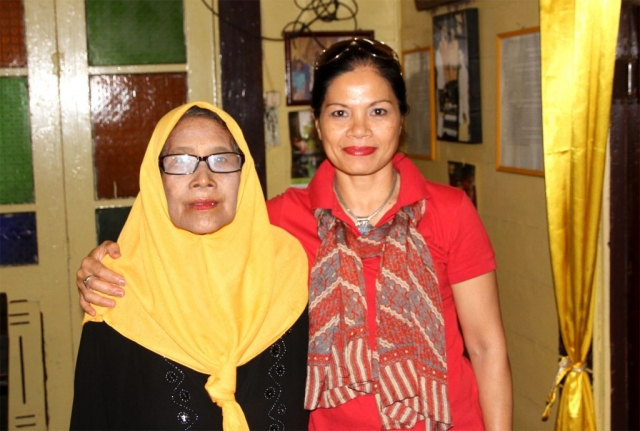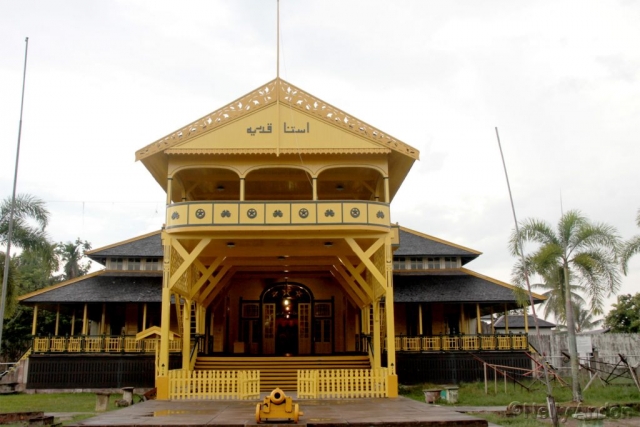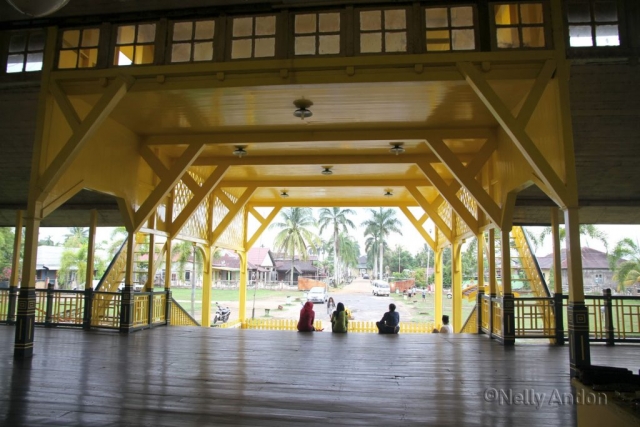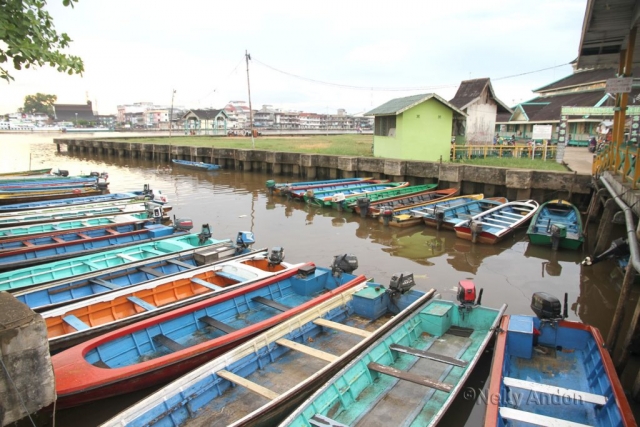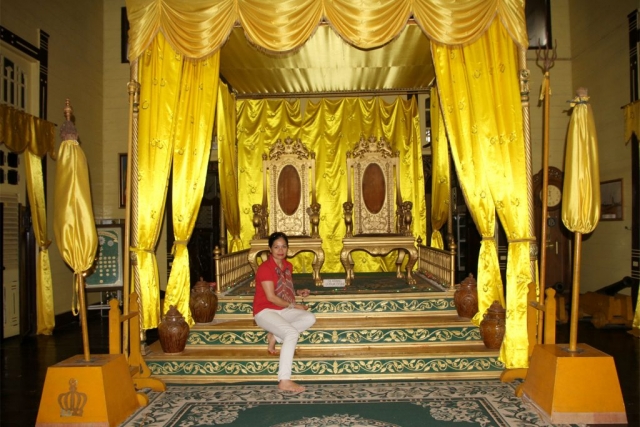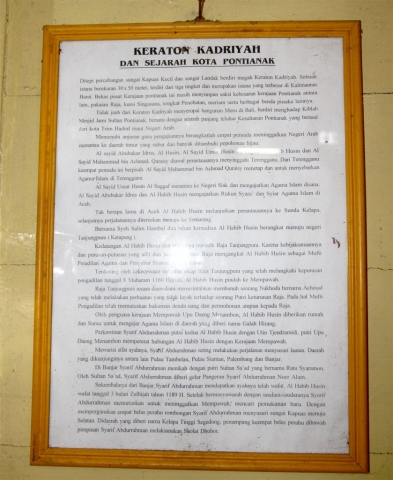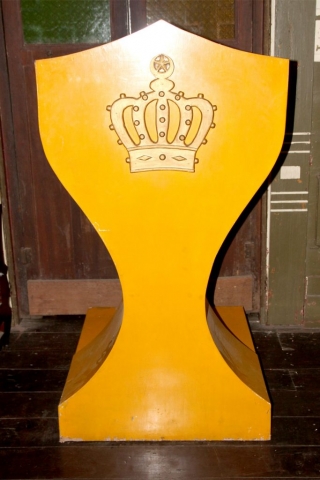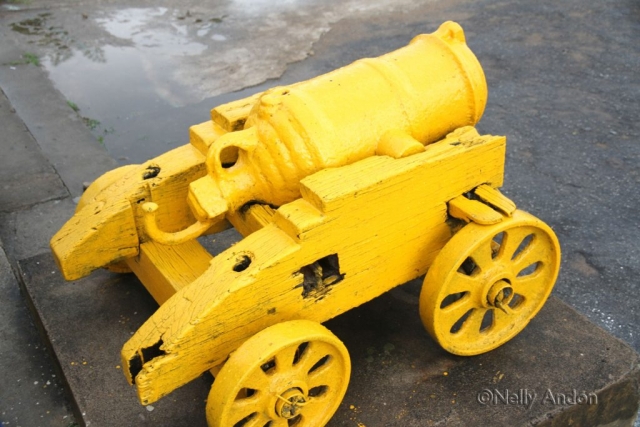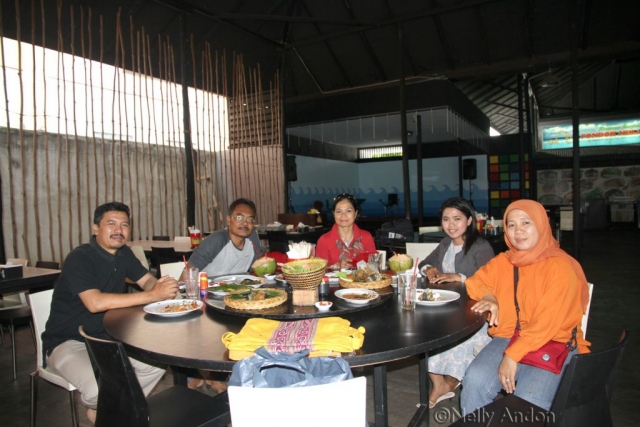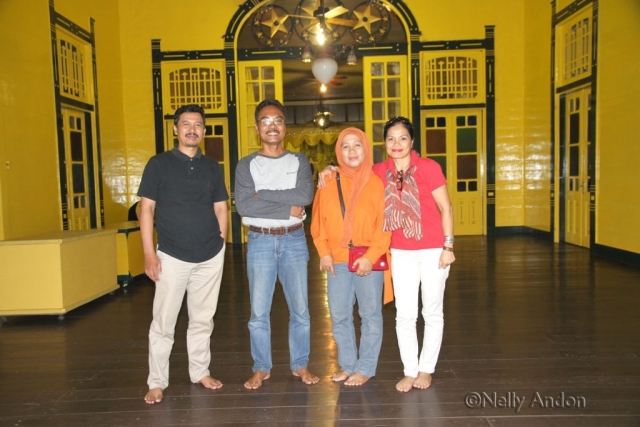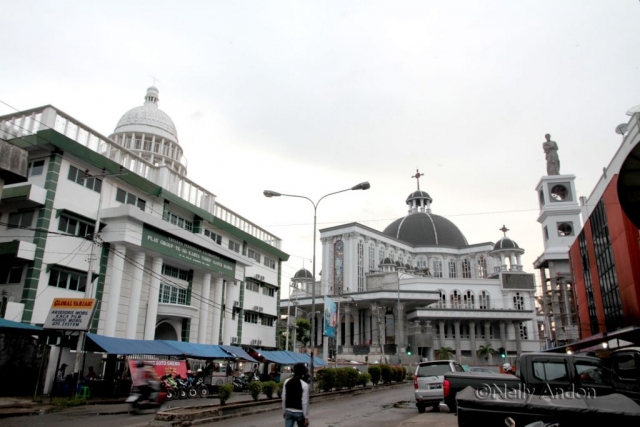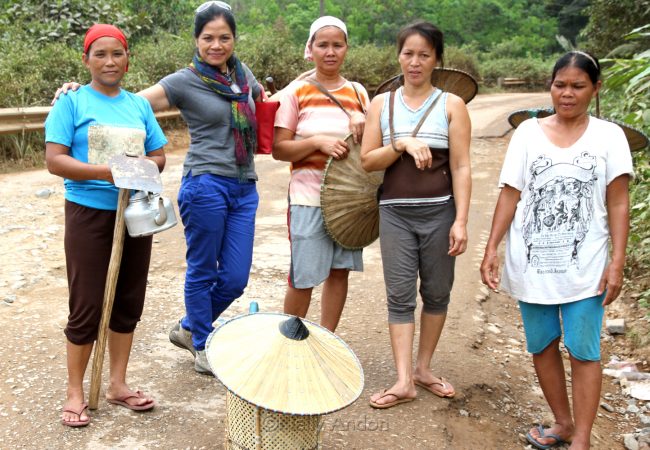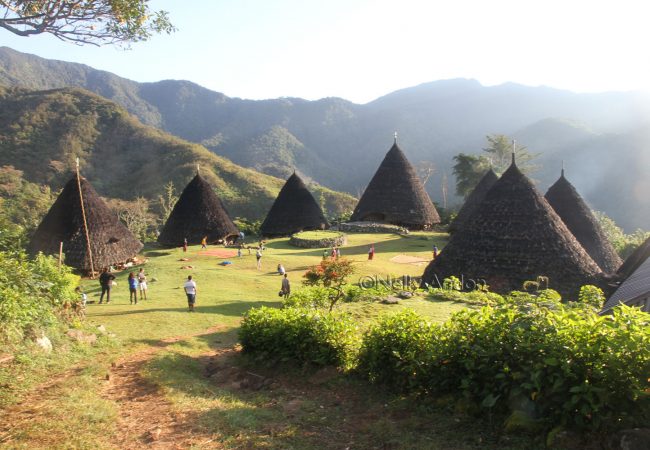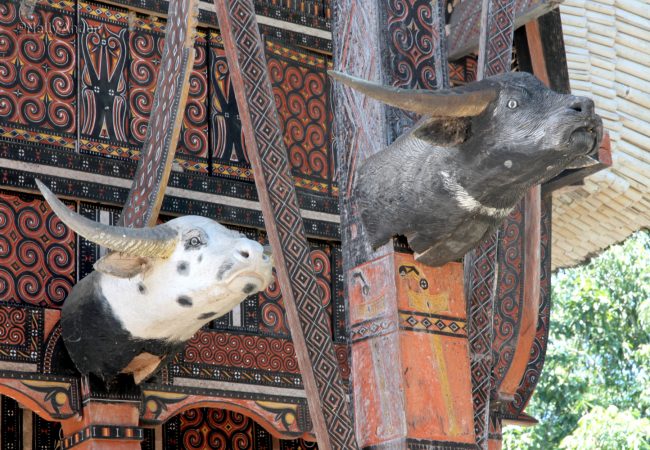The journey from Pontianak to Ensaid Panjang was long and…

Pontianak city tour 2016, Visiting the golden kingdom
The long car journey from Sintang to Pontianak has exhausted me, drained any energy I had in my body and wore me out completely. It took us over 12 hours to reach Pontianak from Sintang, but of course, this extra long journey was due to my habit of wanting to stop here and there to capture images of any interesting things along the way. No regret, in fact, it was an incredible journey, so interesting and I have learned a great deal about Borneo, the people, the culture and to see the truth about the damaged to one the most talked about rainforest on the face of this earth. We arrived here on a Saturday night but opted to head to bed to recuperate.
My trip to Pontianak and Sintang was accompanied by Fifiyati Hoesni, a charity worker from People Resources and Conservation Foundation (PRCF) Indonesia, and a member of her team, Ully Sasreefa, who is also a great-granddaughter of one the Sultans of Pontinak. I felt so blessed to have accompanied by two amazing individuals who inspired me and provided me with amazing insights into Indonesian traditional textiles of Borneo. On a long journey like this, and passing amazing views and seeing incredible places and people along the way, no chance I would rest my head to sleep, apart from when the sun has gone down, and all that you can see outside was a few unlucky moths committing suicide on the car screen attracted by the headlights. Fifiyati and I spent a lot of time chatting and exchanging information and ideas, whilst Ully snored away in the back seat, undisturbed by any shaking or jolting as result of the never-ending potholes and bumps on the roads.
I love sampling new food, and always excited to find unusual fruits wherever I go. On this journey, I have sampled some fruits I hadn’t seen before in my life, forest fruits which you probably only found here in Borneo. I am always on the lookout for some local snack or delicacies, though I don’t really eat much of them, I am always curious about their tastes and how they were made. Ully is a very quiet girl rarely spoken, but one day, out the blue she blurted out sentences which made us all roared with laughter. “Ibu Nelly is a very funny lady, she does only two things when she is awake when she is not talking, she would be eating” Ibu is the term used of a married woman in Indonesia. Maybe there is some truth in this, I do like talking, I am a fairly talkative person but I am not actually a crazy eater, it is more like I am curious about the food I am not familiar with and I do like to sample them in a small quantity. The trip was truly memorable. Spending 5 days with Fifi and Ully was priceless.
The next day, on the morning of the Sunday, I have arranged to meet my old high-school friend, Dr Bambang Suberkah who is now working and live in Pontianak with his family. I also arranged to meet a Facebook friend, a young English school teacher, Mardalina Mukunimau, meeting her in person for the first time. Dr Bambang Suberkah was very kindly arranged my transportation during my stay in Borneo, and it was great to spend a bit of time with him and his family on this visit. We had a wonderful lunch followed by a city tour to the Pontianak Sultanate and the visit to St. Joseph’s Cathedral, Pontianak (only the external part of the church this time).
The Pontianak Sultanate was founded in 1771 by explorers from Hadhramaut led by al-Sayyid Syarif Abdurrahman al-Kadrie, a descendant of Imam Ali ar-Ridha. He had two political marriages in Kalimantan, first with the daughter of Panembahan Mempawah and then with the daughter of the Sultan of Banjar. After the explorers arrived in Pontianak, they established the Kadariah Palace and received an endorsement from the Sultan of Pontianak by the Dutch East India Company in 1779.[1] The Pontianak Sultanate had friendly relations with the Lanfang Republic. Pontianak Sultan Syarif Muhammad Alkadrie was executed by the Japanese in the Pontianak incident along with all the other Malay Sultans of Kalimantan. Two of his sons were also beheaded by the Japanese. The last Sultan was Syarif Hamid Alkadrie, who was deposed by the Indonesians; he had earlier been interned by the occupying Japanese forces. (Source; Wikipedia).
The external and the internal decoration of the Sultan Palace was decorated in the bright yellow shade. We toured the inside of the palace guided by one of the Sultan’s granddaughters, and involvement of Ully on our trip to Sintang was an added bonus to create a special bond between us and the people in the palace on the day, although Ully was not present during our visit.I learned a great deal about Indonesian history during this visit, as one of the sultans of this palace (Sultan Hamid the 2nd, Syarif Abdul Hamid Alkadrie, the eldest son of the Sixth Sultan of Pontianak, born in Pontianak on 12 July 1913, and died in Jakarta on 30 March 1978) was the creator of the Indonesian national symbol Indonesia “Garuda”. He was apparently a great friend of the late President Soekarno, Indonesian 1st president.
I hope to return to Pontianak again in the near future and see the explore the city a little closer. If you have any question about this blog, please feel free to contact me. Thank you for taking the time to read this blog. Send me a message if you wish to visit Pontianak.
